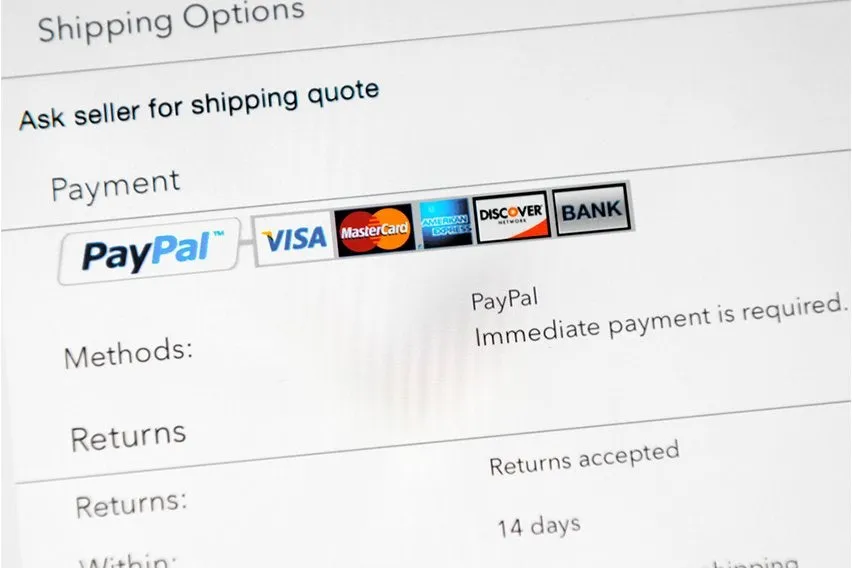Semi-Monthly vs BI-Weekly Payroll: What’s the Difference?

Semi-monthly and bi-weekly sound like the same thing, but there are some key differences between these two payroll schedules.
It’s a question as old as time…what’s the difference between bi-weekly and semi-monthly payroll? They sound very similar…I mean, doesn’t biweekly mean every other week, and doesn’t semi-monthly mean twice a month? And aren’t there 4-ish weeks in a month?
Don’t worry, you’re not going crazy, you just haven’t fully grasped the semi-monthly vs. bi-weekly payroll debate yet. Lucky for you, we’ve compiled a full guide on what makes these two types of payrolls different.
Here’s what we’ll cover:
What is a semi-monthly payroll?
What is a semi-monthly payroll?
Benefits of a bi-weekly payroll system
Benefits of a semi-monthly payroll system
What Is a Bi-weekly Payroll?
A biweekly payroll is when a company distributes paychecks every other week on the same day. If the chosen payday is Friday, employees will receive their paychecks every other Friday, totaling 26 paychecks for the year.

What Is a Semi-monthly Payroll?
A semi-monthly payroll is when a company distributes paychecks twice a month. This will typically happen on the 15th and 30th or 31st, totaling 24 paychecks for the whole year, 2 less than the bi-weekly model.
Sounds simple enough, right? So what are the big differences?
Semi-Monthly vs. Bi-Weekly
There are some important differences when it comes to semi-monthly vs. biweekly payroll. Let’s first look at the unique attributes and benefits of the biweekly pay schedule.
Benefits of a Bi-weekly Payroll System
Let’s talk semi-monthly vs. biweekly. A biweekly payroll schedule will typically be seen in the eyes of your employees as “dependable” and “consistent”. They will know exactly when to expect their cheques. Also, your payroll clerk will be able to keep a consistent schedule and pace with how they distribute them. The one downside to biweekly payments is the inconsistency in how much money you are paying out each month. There will always be a couple of months where you will have three paydays instead of two. It will be up to you and your accountant to make sure you will have enough to cover the extra payout.
In general, bi-weekly payrolls are used by companies that pay their employees a low to average hourly wage. If your employees punch in and out and work a different amount of hours each week, then a bi-weekly payroll will make more sense. Keep in mind that employees who volunteer to work more hours may be doing so because they need more cash flow that week.
Also, if you use a payroll service, you’ll be paying just a little bit more in service fees to hand out those two extra cheques. If it’s important to you that your employees feel secure in their payment schedule AND you have a looser budget, then go ahead with the biweekly model!
Benefits of a Semi-monthly Payroll System
Semi-monthly, please enter the ring! A semimonthly would be a great choice for an entrepreneur who wants to put the same amount of money into their payroll each month. The trade-off would be having to make sure that your payroll clerk stays on top of the ever-changing payday. This might mean preparing the cheques or deposits on Friday to make sure they’re ready for Monday.
Also, if a semi-monthly payday lands on a weekend or holiday, plans will need to be made in order to pay employees either before or after the break in the week. If you want to keep your budget consistent and put the same amount of money into payroll each month, a semi-monthly payment model would be a no-brainer. Just be sure to keep your employees updated on any advanced or delayed payments you will be making and everything will be just fine.

Semimonthly schedules are preferred by companies that pay their employees a set salary. These employees are expecting the same amount of money each payday and aren’t concerned if they will have enough money week-to-week. In this case, paying on a semi-monthly basis might be your best bet!
When it comes to semi-monthly vs. biweekly, there is literally no difference in the amount per year your employees will be paid. An employee who gets $51,000 per year will receive the same annual salary regardless of whether they are being paid semi-monthly vs. bi-weekly. It all depends on what makes the most sense for your unique business restrictions.
Key Takeaways
To recap, here are the main differences when it comes to the semi-monthly vs. bi-weekly payroll debate:
A semi-monthly payroll schedule pays employees twice a month, totaling 24 cheques for the whole year. This type of payroll is more suited towards companies who pay their employees a high salary and don’t need to worry about missed days due to bank holidays.
A biweekly payroll schedule pays employees 26 cheques per year every second week, usually on a Friday. This method is preferred by companies who pay their employees on an hourly basis and need to keep a reliable payment schedule.
RELATED ARTICLES


 How to Pay With PayPal: A Step by Step Guide
How to Pay With PayPal: A Step by Step Guide Average Credit Card Processing Fees & Rates for Business
Average Credit Card Processing Fees & Rates for Business How Safe Is PayPal for Sellers & Buyers? 4 Tips to Stay Safe
How Safe Is PayPal for Sellers & Buyers? 4 Tips to Stay Safe PayPal Exchange Rate: How to Check Currency Conversion
PayPal Exchange Rate: How to Check Currency Conversion How to Set Up a PayPal Merchant Account in 10 Simple Steps
How to Set Up a PayPal Merchant Account in 10 Simple Steps What Is Mobile Payment? Definition, Types & 3 Best Apps
What Is Mobile Payment? Definition, Types & 3 Best Apps